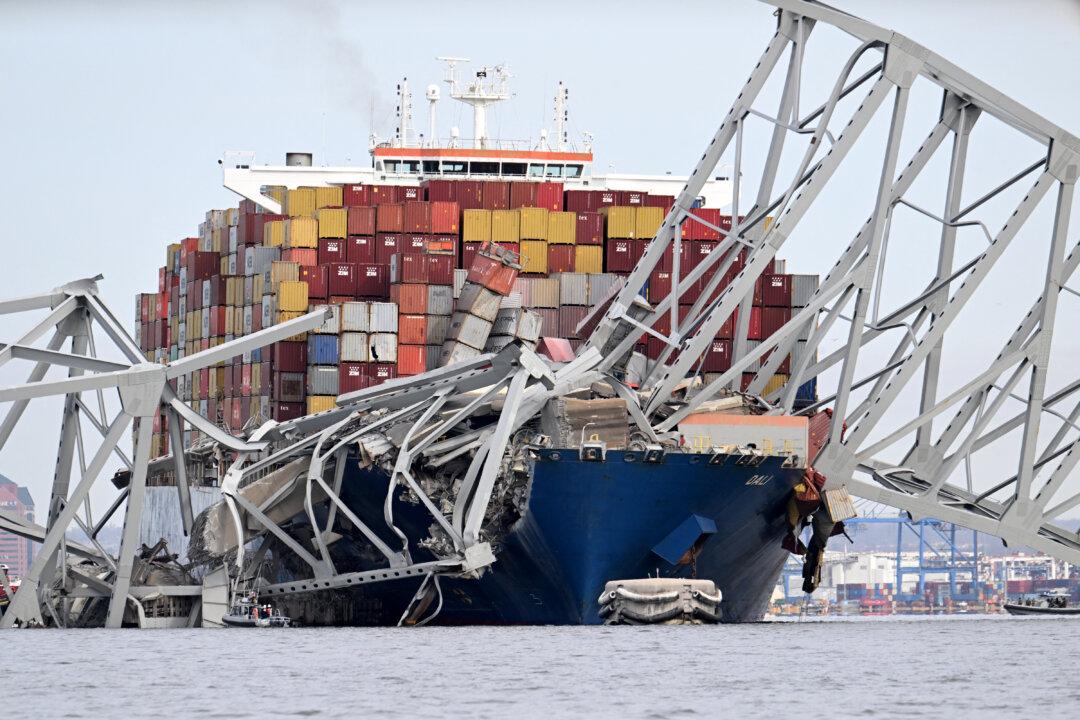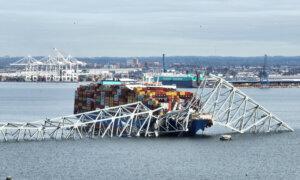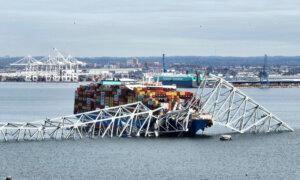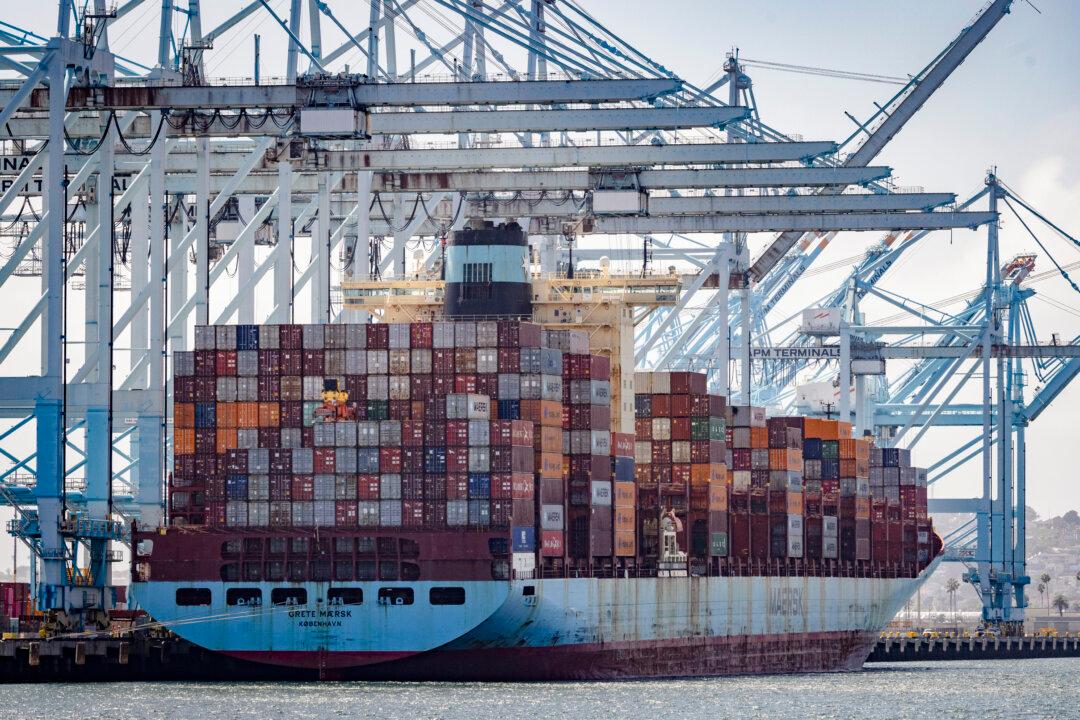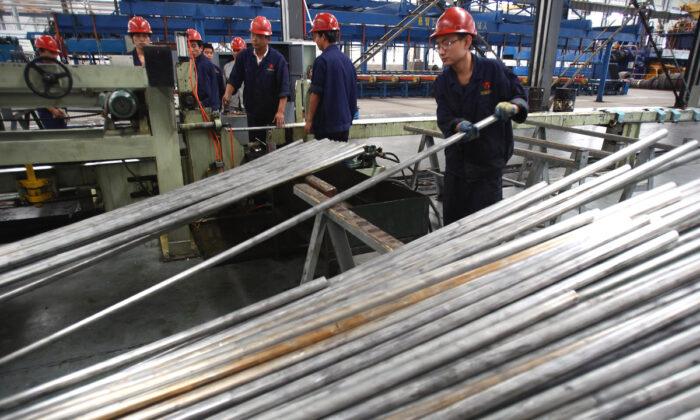The major bridge collapse at the port of Baltimore could lead to a ripple effect in the shipping industry and potentially make a dent in the broader economy.
The port has become one of the most significant trade hubs in the U.S. today, with 12 private and 5 state-owned public marine terminals.
According to John Kartsonas, a shipping analyst and managing partner at Breakwave Advisors, deliveries of new cars and consumer goods will be the most impacted.
“Baltimore is very significant in terms of especially consumer goods, cars, and other things the U.S. imports from abroad,” Mr. Kartsonas said.
Baltimore Harbor is the busiest American port for automobile shipments, totaling more than 847,000 cars and light trucks. Additionally, 2023 was “the 13th consecutive year it has led all other U.S. ports in that commodity,” the state government reported last month.
It is a crucial destination for imports and exports of several leading car vehicle brands, such as General Motors, Jaguar Land Rover, Nissan, Toyota, and Volkswagen.
“It will take a while for the situation to resolve and to begin operating normally again,” Mr. Kartsonas noted. “So definitely there will be delays in deliveries of goods. Hard to say when Baltimore will come back online, but it won’t be this year.”
In addition to automobiles, the port of Baltimore handles immense volumes of construction and farming machinery, totaling 1.3 million tons.
Agricultural products also travel through the port, with imports totaling about 3 million tons in 2023. This includes more than 1 million tons of fertilizers, salt, and sugar.
Coal and liquefied natural gas (LNG) have been other top export commodities in the last couple of years.
In the meantime, Mr. Kartsonas believes other areas of the country “can pick up the slack,” alluding to New York Harbor and Savannah, Georgia.
“So, there are alternative destinations,” he added.
Patrick Penfield, a professor of practice in supply chain management at Syracuse University in New York, told The Epoch Times that the collapse will have a ripple effect on the supply chains across the East Coast.
“Automobile companies will now need to reroute ships to other East Coast ports in the future which will cause supply chain delays,” Mr. Penfield said.
“Also, many tractor trailers especially ones that carry Hazardous Material can only use the Francis Scott Key Bridge to transport materials through that area and will now have to come up with alternative routes which may include going through the city of Baltimore.”
Overall, the port has transformed into a vast economic hub, ranking ninth in the nation for foreign cargo handled and total foreign cargo value.
According to Gov. Wes Moore, the port of Baltimore has also generated 15,300 direct jobs and close to 140,000 indirect jobs.
“The Port of Baltimore is the best port in the nation and one of the largest economic generators in Maryland,” Mr. Moore said at a news conference announcing the Helen Delich Bentley Port of Baltimore’s state-owned public marine terminal.
